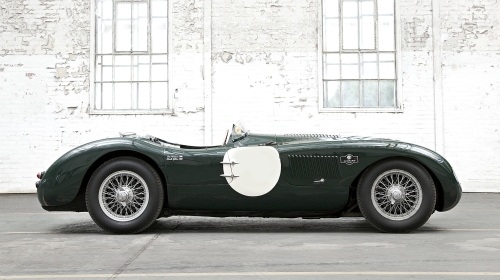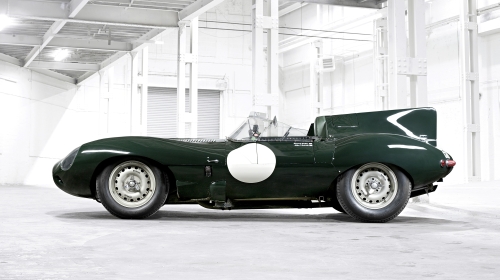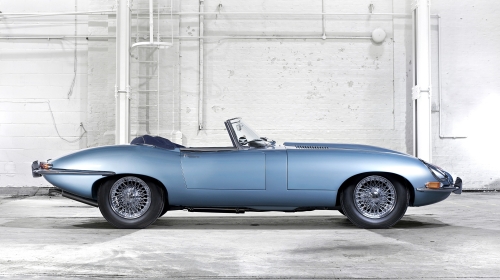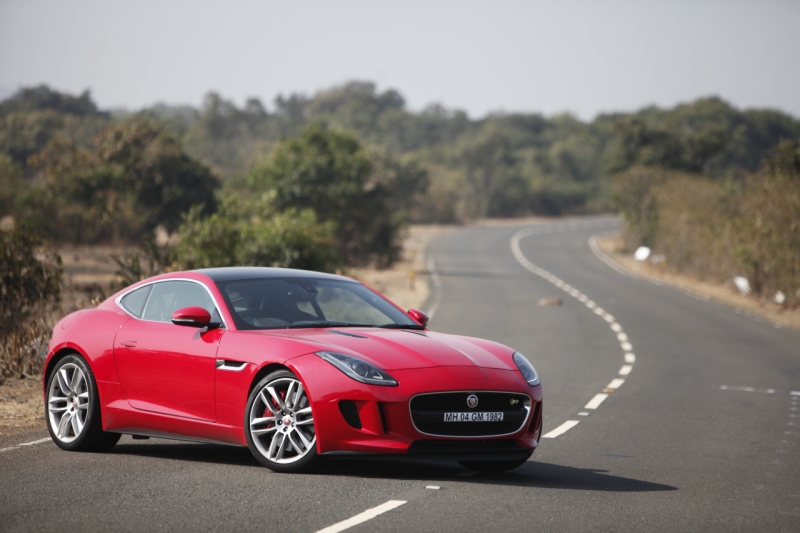BLOODLINE TYPE
Jaguar C-Type

Built by the company as a racing sports car, the C-Type, also known as the XK120-C (‘C’ for competition), was produced between 1951 and 1953. The 180-PS 3.4-litre straight-six motor from the XK120 was tuned up to over 205 PS. It was most successful in the 24 Hours of Le Mans, winning twice; the first in its first attempt in 1951. Only 53 C-Types were made.
Jaguar D-Type

When it made its début in 1954, the D-Type was a revolutionary design and featured technology which many believed to be the reserve of aeronautics: an aluminium-alloy monocoque construction with an elliptical shape. Fuel was contained in a deformation bag located in the tail. Mechanically it was almost identical to the C-Type, but with improved aerodynamics, notably the rear fin and the underbody, and a more powerful 3.8-litre engine, the D-Type achieved 278 km/h on the Mulsanne Straight at the 24 Hours of Le Mans.
Jaguar E-Type

Also called the XK-E, the E-Type was launched as a two-seater grand tourer between 1961 and 1975. It went on to be known as one of the most beautiful cars ever created. Its style, performance and rather competitive pricing (at the time) won many hearts. The E-Type became an icon of ’60s motoring, and that showed in the numbers: more than 70,000 E-Types were sold in two avatars: the first used the 3.8-litre motor, the next, a 4.2-litre straight-six with close to 270 PS.





















Getting Things Straight – the new Range Rover Sport HST - Car India
[…] drivetrain configuration could well be offered in other models in their portfolio; notably the Jaguar F-Type sports car. Wouldn’t that be a delicious […]